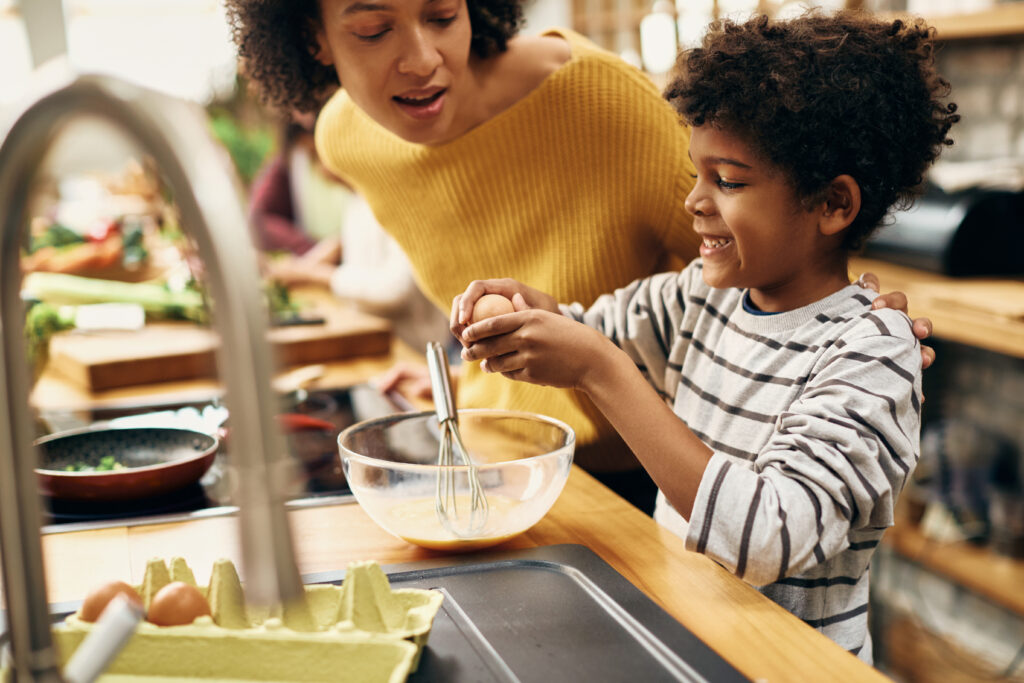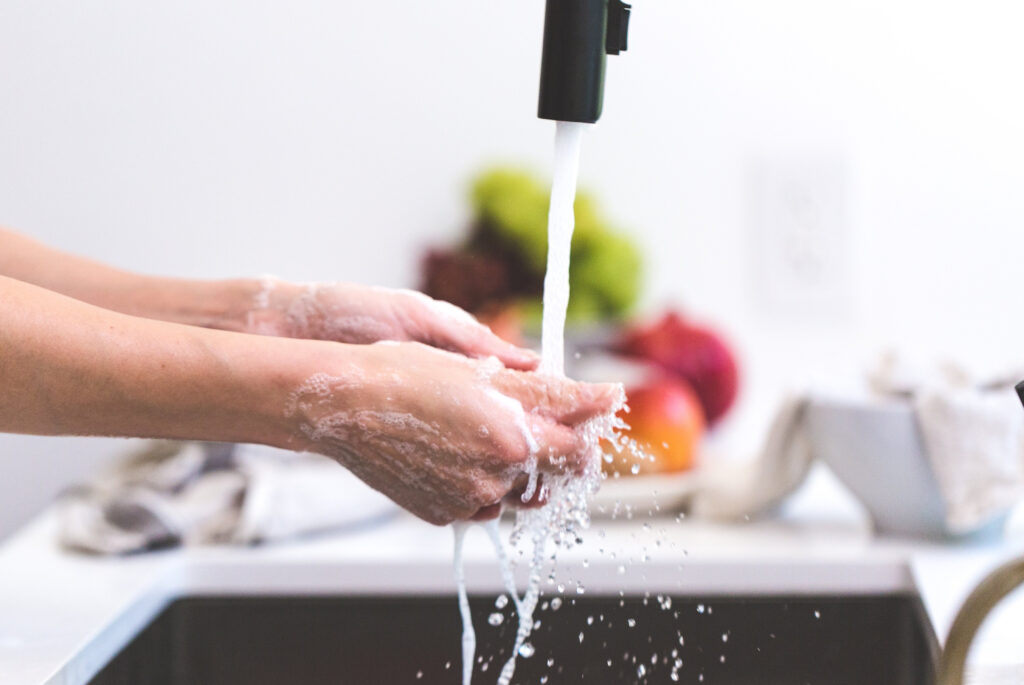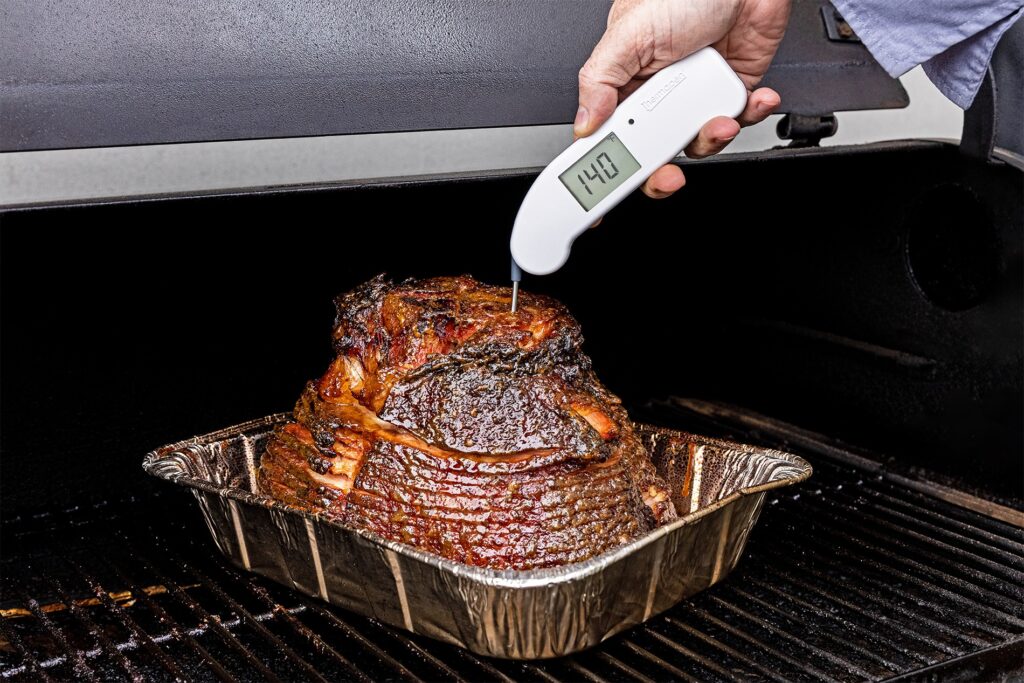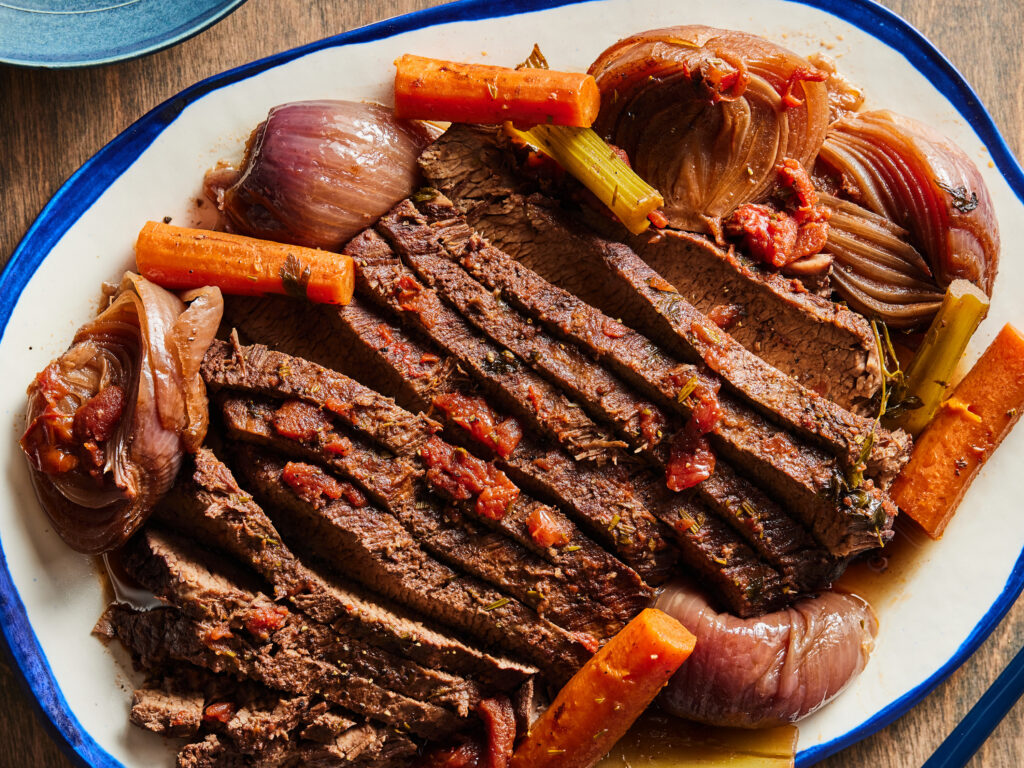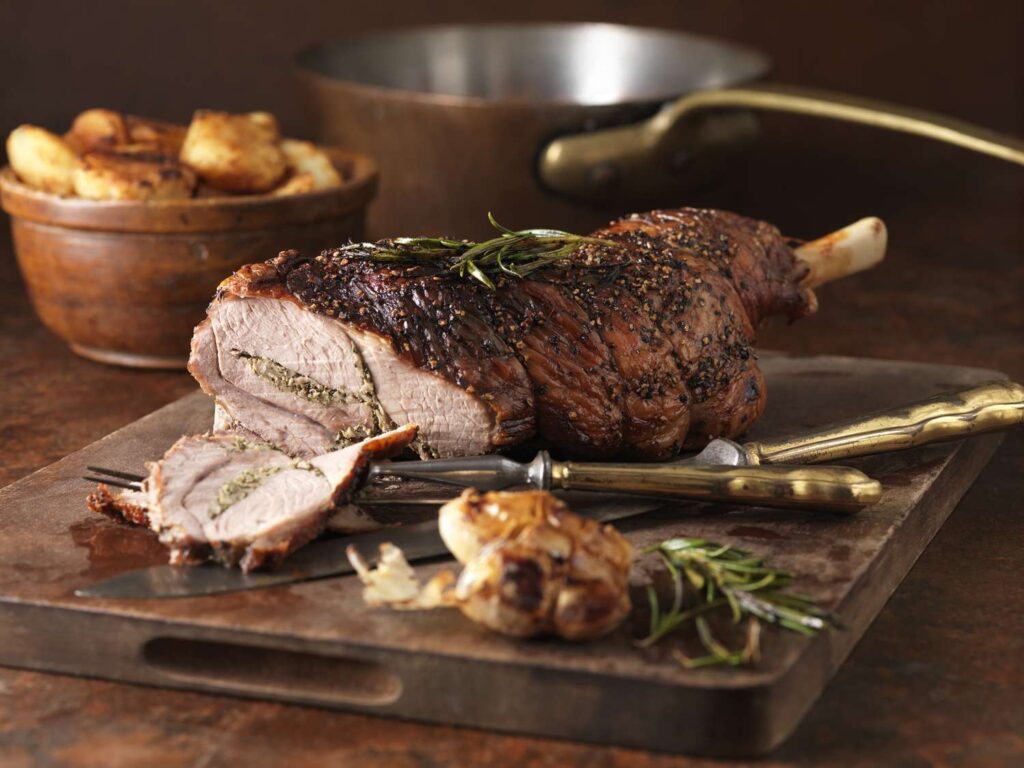Many of this season’s celebrations involve perishable foods like eggs, beef, ham and lamb. These foods need to be handled properly at home to prevent food poisoning.
Safe Egg Handling
Eggs are a big part of many spring celebrations and activities. Kids love to decorate and dye them, hide them, and cook them with their families in festive foods.
Follow these eggs-pert food safety tips with kids and families to keep them safe this spring season:
- Wash hands with soap and water before preparing food and after handling raw eggs.
- Prevent cross-contamination. Wash cutting boards, counters, utensils, and serving plates after touching raw eggs, meat, poultry, and seafood.
- Remember the two-hour rule. Don’t leave eggs out at room temperature for more than two hours.
- Cook eggs and dishes containing eggs until the internal temperature reaches 160° F on a food thermometer.
- For egg hunts and other activities, only use eggs that have been refrigerated. Discard eggs that are cracked, dirty, or have been out at room temperature for more than 2 hours.
Get more safe egg handling advice to keep you and your young ones healthy this season.
Handle & Cook Meats Safely
The meat is the centerpiece of any holiday meal. Make sure yours is a showstopper by handling and cooking it safely:
- Wash hands with soap and water before preparing food and after handling raw meat and poultry.
- Cook ham until the internal temperature of 145 °F on a food thermometer with a three-minute “rest time” after removal from the heat source.
- Bake beef brisket, fat side up in a baking dish, in an oven set no lower than 325 °F. The brisket is safe to eat when it reaches an internal temperature of 145 °F on a food thermometer with a three-minute “rest time” after removal from the heat source.
- Cook all raw lamb steaks, chops, and roasts to a minimum internal temperature of 145 °F on a food thermometer with a three-minute “rest time” after removal from the heat source.
Spring Clean Your Way to a Safer Kitchen
It’s important to know the difference between cleaning and sanitizing. They aren’t the same thing. Both are important to help prevent the spread of harmful germs.
- Cleaning removes germs, dirt, and impurities from surfaces or objects. Cleaning works by using soap (or detergent) and water to physically remove germs from surfaces. This process does not necessarily kill germs, but by removing them, it lowers their numbers and the risk of spreading infection.
- Sanitizing lowers the number of germs on surfaces or objects. This process works by disinfecting surfaces or objects using a diluted liquid chlorine bleach solution (combine 1 tablespoon liquid chlorine bleach with 1 gallon of water in a clean bucket).
Learn more about when to clean and when to sanitize at home.
Follow these food safety tips to help your family and friends have an egg-cellent spring celebration!
